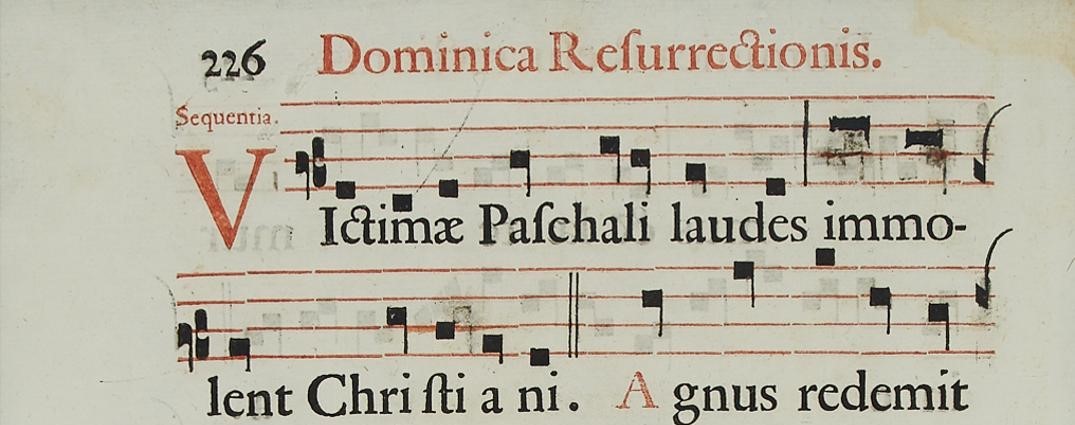What is a Sequence?
On a few occasions during the liturgical year, immediately following the Alleluia, an additional chant is sung. Instead of the priest/deacon beginning the Gospel Acclamation, another chat begins. This might catch you off guard or, if you’re following along in your hand missal, you might recognize that something else is about to happen.
A “Sequence” is a poetic text sung (or recited) used just before the Gospel Acclamation on five special feasts during the liturgical year.
Easter Sunday (and Octave) Victimae Paschali
Pentecost Sunday (and Octave) Veni Sancte Spiritus
Corpus Christi Lauda Sion
Our Lady of Sorrows Stabat Mater
Requiem Mass Dies Irae
From Dom Prosper Gueranger’s “The Prayers and Ceremonies of the Holy Mass” (p. 9-10):
On certain Solemnities, there is added to the Alleluia or Tract what is called the Sequence (Sequentia). It was added to the chant of the mass long after the time of Saint Gregory; the addition was made some time about the 9th century. It received the name of Sequence, that is to say, sequel, because it originally consisted of certain words adapted to the notes which form a sequel to the word, Alleluia, and which were called Sequentia, even before the introduction of the Sequence.
It is called, also, the prose (Prosa), because originally it bore no resemblance either to the metrical hymns composed by ancient writers, nor to cadenced rhythms which appeared later on. It was a real piece of prose, which was sung in the manner we have described as a way of putting words to the pneuma of the Alleluia. By degrees, however, it partook of the character of a Hymn. The sequence thus added to the solemnity of the liturgy; and, whilst it was being sung, the Bells were rung, as now, and the Organ was played.
There was a Sequence for every Feast, and, therefore, for the Sundays during Advent. In the Roman Missal drawn up by order of St. Pius V, only four of the Sequences were retained. These four are the Victimae Paschali, which is the most ancient of all, and was followed as the model of the rest; the Veni Sancte Spiritus, the Lauda Sion, and the Dies irae. Later on, there was added the Stabat Mater. The monastic Missal has also the Laeta dies, for the feast of St. Benedict; it is a composition of the 16th century.

Leave a Reply